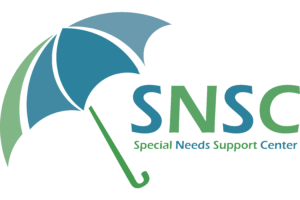In the 1970’s, the person first movement aimed to empower people with disabilities by emphasizing their individuality and personhood, rather than their disabilities. Person-first language offered a way to do that. In daily conversations person-first language separated the person and the disability and focused on the person. Many parents and professionals have been trained to use and prefer person-first language.
Today many disability self-advocates prefer identity first language, an approach that views a person’s disability as an integral part of their identity. Identity-first language emphasizes that the disability plays a role in who the person is, and reinforces disability as a positive cultural identifier. Identity-first language is generally preferred by self-advocates in the autistic, deaf, and blind communities.
It is important to note that whether a person with a disability prefers people-first or identity-first language is not universal. At SNSC, we honor that not all communities feel the same way, and individuals within those communities are even more varied. To address this in our organizational writing we use people first and identity first language interchangeably.
If you are unsure as to whether you should use people-first or identity-first language in order to be respectful, the best thing to do is to ask people themselves.

